It Takes a Story
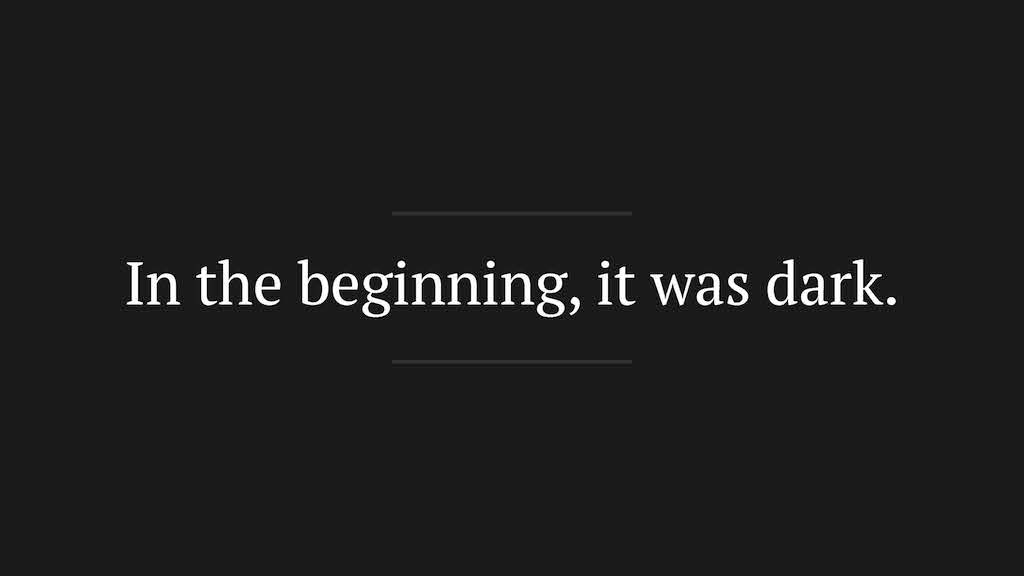
In the beginning, it was dark. Very dark. It’d get light for half a day, long enough to find food and explore a bit, but then, it’d be dark again. But then, it’d be light again—until it was stormy, and there was no light for days on end. Those were the days you’d wish for a way to capture the sun.
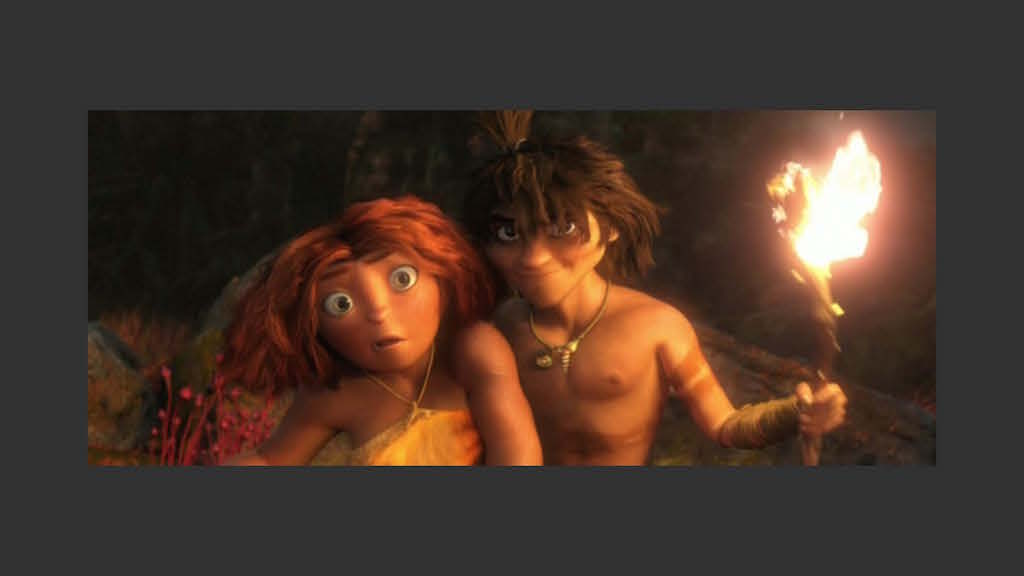
And then, somehow, a piece of the sun fell out of the sky, and turned a tree into a mini-sun—or so it seemed to you. Here was your chance. Everyone else was terrified, but you walked to the tree, picked up a branch that had caught some of the sun, and figured out that it was fire.
Take it back to the camp, and everyone would think you were insane. You were literally playing with fire. So you’d have to convince them why this fire was good, how it could keep you warm and break the darkness. You’d tell a story.
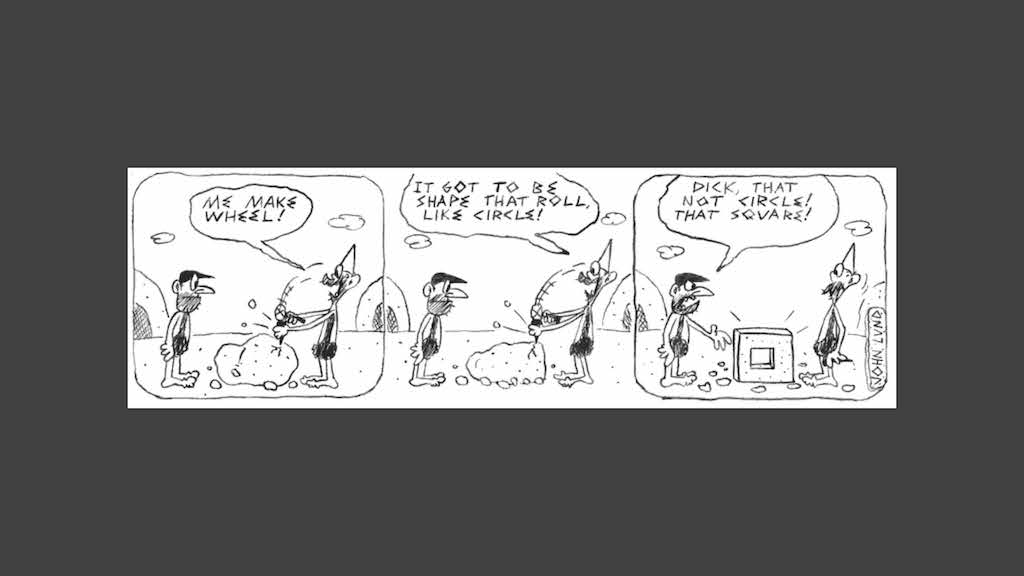
Fast forward a bit, and you’re tired of walking. You’re doing a lot more walking now with light, and it’s getting tiresome. And so, you notice a rock rolling down a mountain one day, tumbleweed rolling across a field in the breeze, and pebbles rolling under your feet. And suddenly, you’ve invented the wheel in your head.
You chisel and carve and craft the perfect wheel, but then what. Time for a story again. You’ll have to find a way to convince people this wheel is something important, perhaps by describing the tumbleweed and rolling stones.
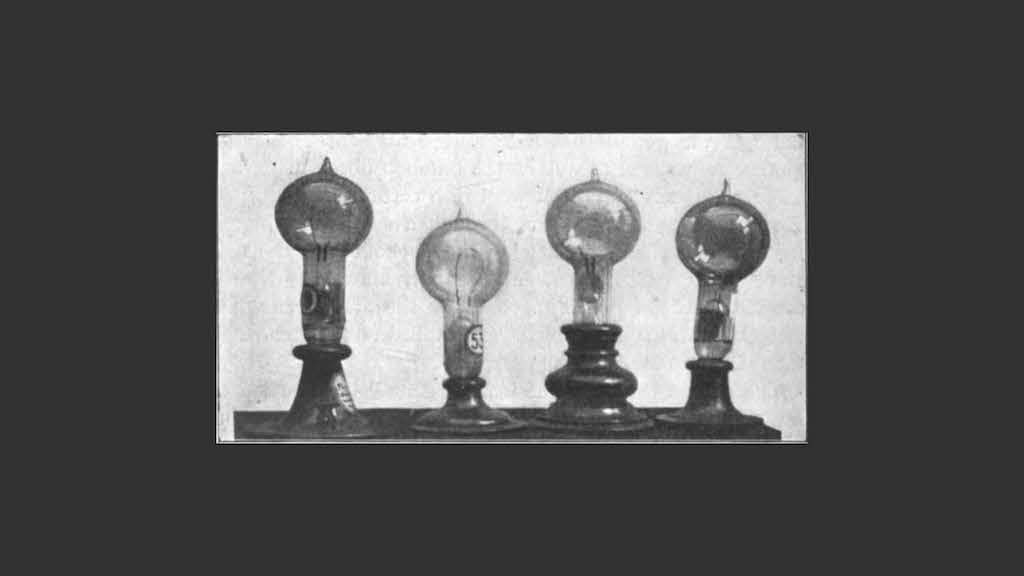
Centuries pass, and fire on sticks (or in glass lanterns, or on wax candles) has gotten a bit old. There’s this new-fangled thing called electricity, which turns out was what caught that tree on fire way back when anyhow, and if electricity can light up the night sky, surely it can light up your home. You’d just need to capture that new version of the sun in a bottle, again — and this time a stick wouldn’t cut it.
So you’d experiment and try and finally find a way to make a light bulb that works. It’d take forever, but finally, you’d have something. Ding.
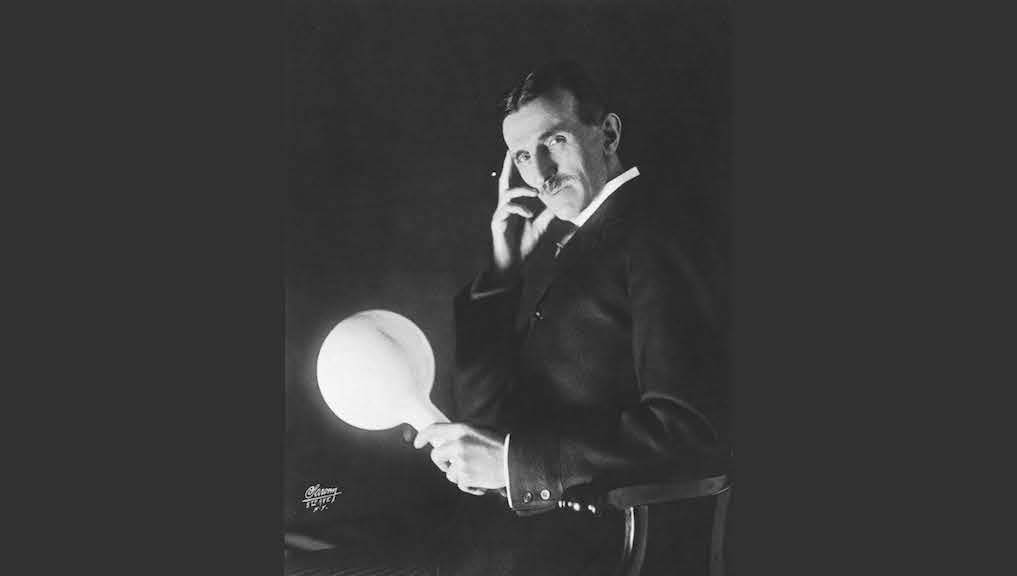
But then, you’ve got to convince people to switch—to spend money for seemingly unproven technology. And that wouldn’t do. And so, you’d wire up a whole section of the city to show that electricity won’t burn everything down, and you’d shower the World’s Fairs with lightbulbs so people would see the whole world, brighter.
If you’re Tesla, you’d run a lightbulb off current passing through your body just to prove it was safe. Real-life stories, perhaps, but stories all the same.
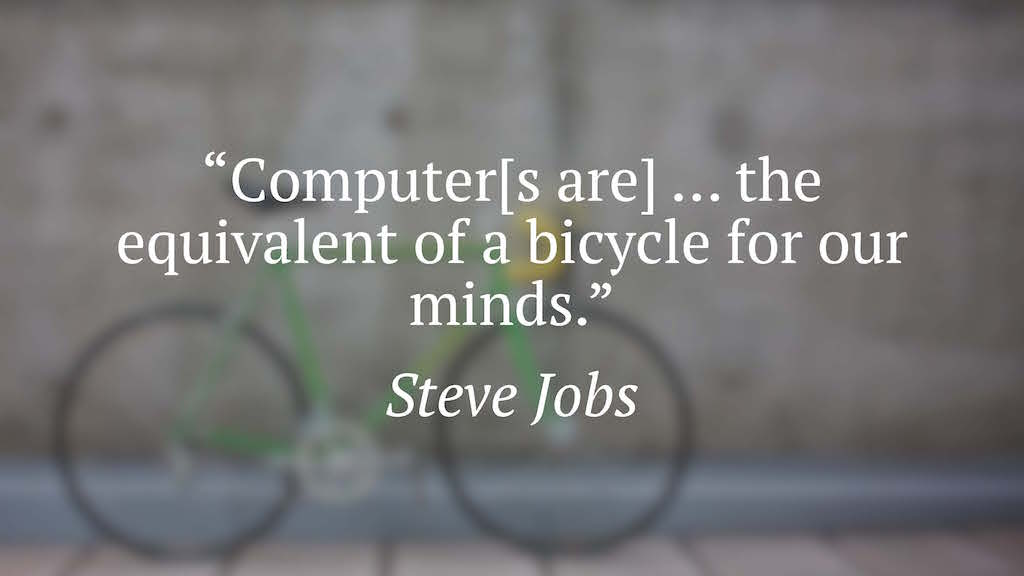
Time passes on, the whole world runs on electricity, and it’s time for a new revolution. There was this not-so-little thing called computers, machines that’d take up whole rooms and solve math. Not exciting.
That is, not until the microchip came along, and made PCs possible. Even still, what normal person in their right mind would spend nearly $3k in today’s money for a computer when you didn’t know what it’d do for you? Math isn’t that exciting.
But someone saw more to them than that, and told us stories. He said the computer was a bicycle for the mind—it could let your mind do much more than it could do on its own. It could enable anything.
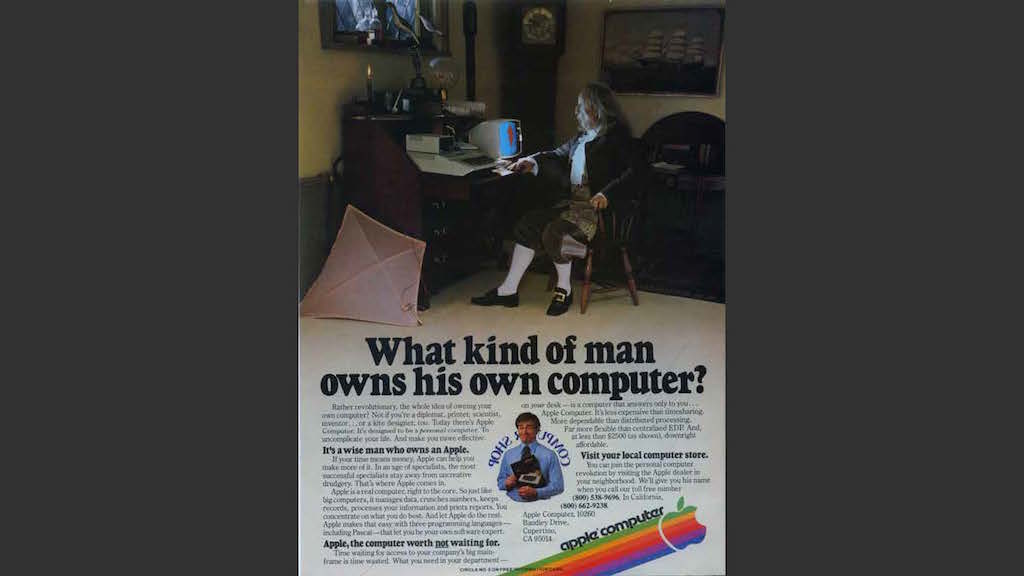
It was the time when full-page magazine ads were all the rage, and no one saw the need to skimp on words. And so, Apple—and really, so many others—would tell stories in their ads, tell us how we’d put their products to use, and why we weren’t crazy for wanting one. They’d explain what electronic mail was, and how it could save us postage and speed up our communications. They explained what BASIC meant, and how we could make stuff with it.
They told stories.
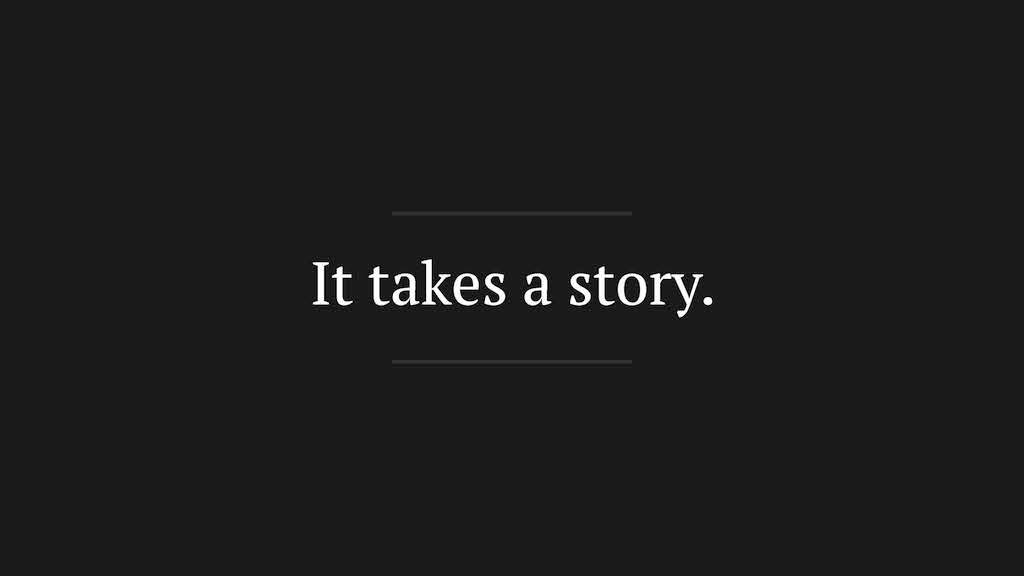
Sometimes, it just takes a story.
The App Store is filled with apps that have a vague name, an even more vague description, and a few random screenshots. There’s little space for much else. And if that’s all you rely on, you’ll be lucky to get any customers. If the app solves a basic problem—email, notes, or any of the dozens of things people already understand—people won’t know why to try it over the app they’re already using. And if it solves a unique problem, they won’t even begin to grasp what it’s for.
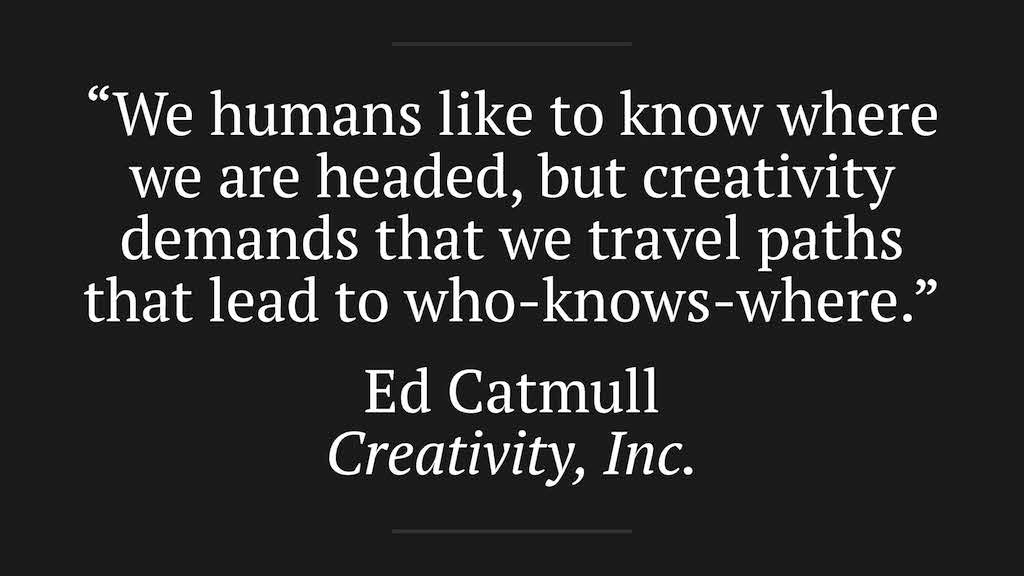
Ed Catmull said in Creativity, Inc. that “We humans like to know where we are headed, but creativity demands that we travel paths that lead to who-knows-where.” And those paths need stories. People won’t understand what we’re doing—if we’re doing something new and meaningful—unless we explain it. They need be able to see what we meant that thing to do. They later may find other, better uses for it, but it takes that first story to capture their mind and start seeing the possibilities.

That’s why the best apps tell stories. Dropbox’ intro video told us that it was the place to put all of your stuff, and then described how exactly that made sense with examples of people traveling and more. Their homepage had little else—and it needed little else. The story was what mattered.
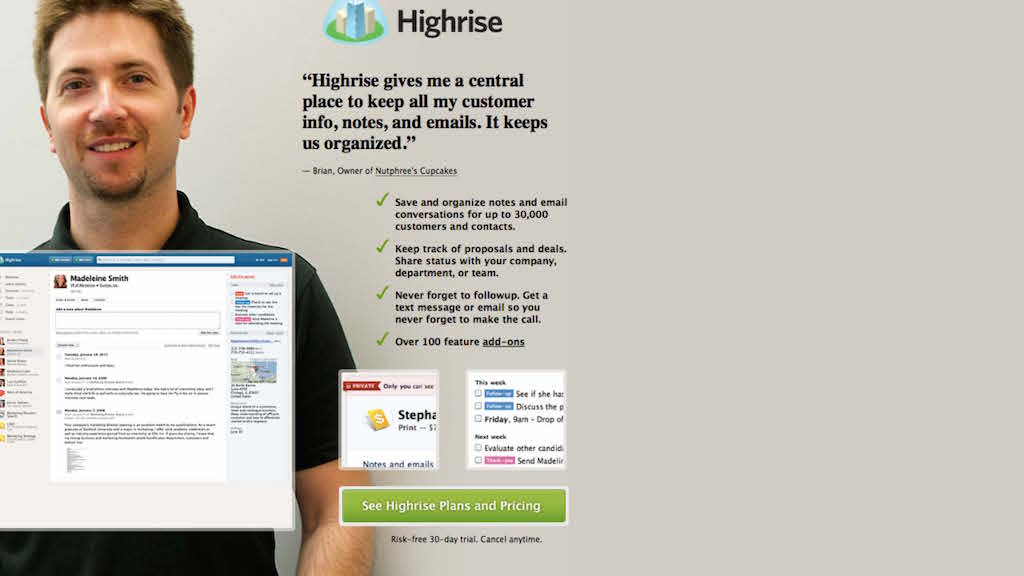
Basecamp the company, in its previous incarnation as 37signals, found that using a story from a customer increased their signups over 200%. Their initial long-form story, with a signup button far below the fold, increased signups over 100%, and further tweaks of adding a picture (so people could put a face behind the story) and tighter copywriting double that stat again.
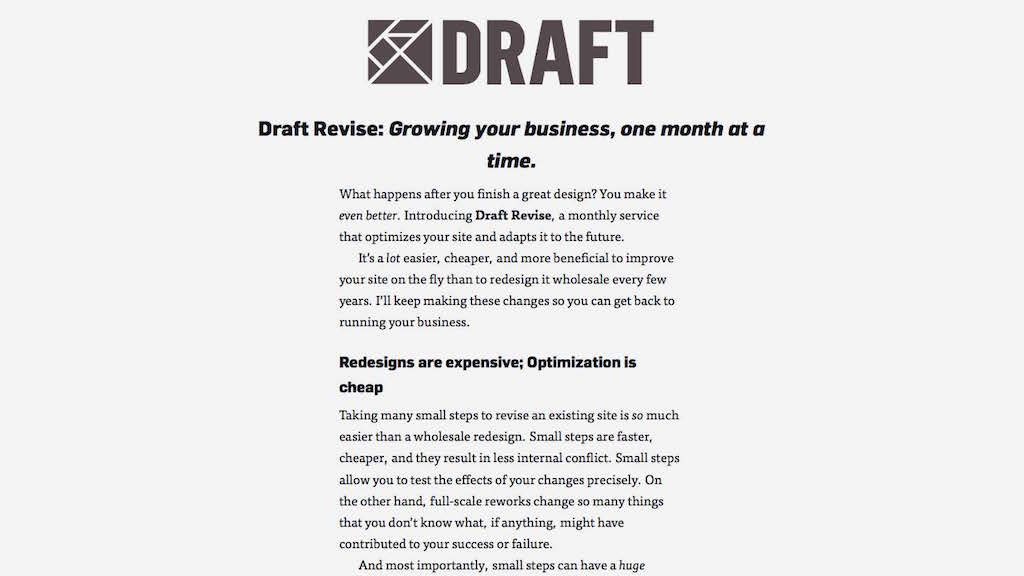
And it’s not just fancy apps. More boring services like Draft Revise, a design optimization service, have found that a wall of text that in-depth explains what their service is all about helps prompt signups. Nick Disabato, the guy behind it, says that he’s told people the site address in a coffee shop and seen them stop talking just to read the page. All of that, for a $650/month service that’s inherently boring.
And yet, a story is what helps it work.
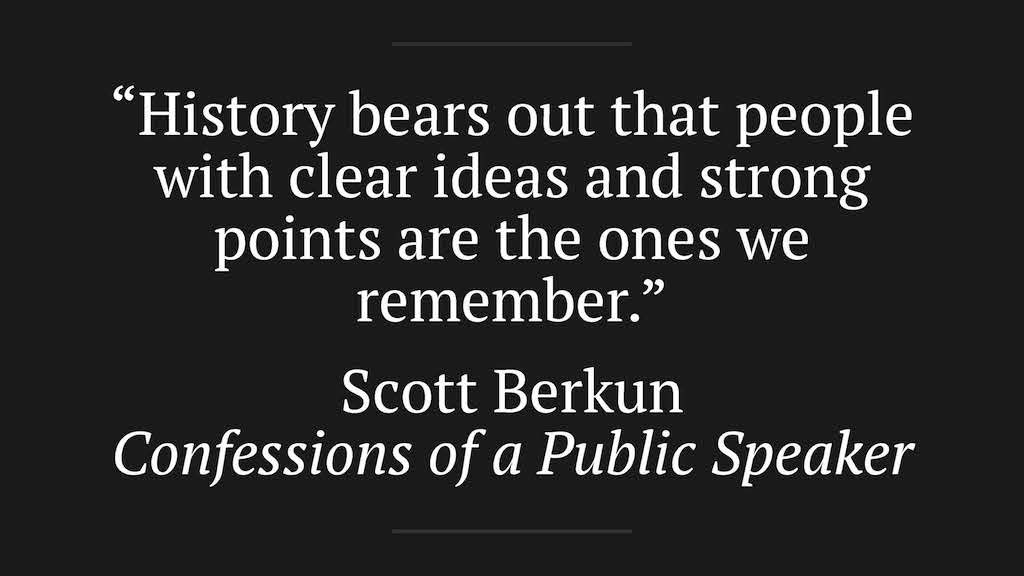
“History bears out that people with clear ideas and strong points are the ones we remember,” writes Scott Berkun in his book Confessions of a Public Speaker, after mentioning mistakes in famous speeches and the various speaking problems thought leaders had. That didn’t matter. They told a story, and that’s what we remembered.
That’s how the simplest tools can win: a solid story. No amount of design and features—or lack thereof—can make or break a product like a story. A solid story will win hearts and minds, and help people see how they can achieve greatness with what you made. No story will only let them see your sun captured on a stick, and they’ll wisely run away.
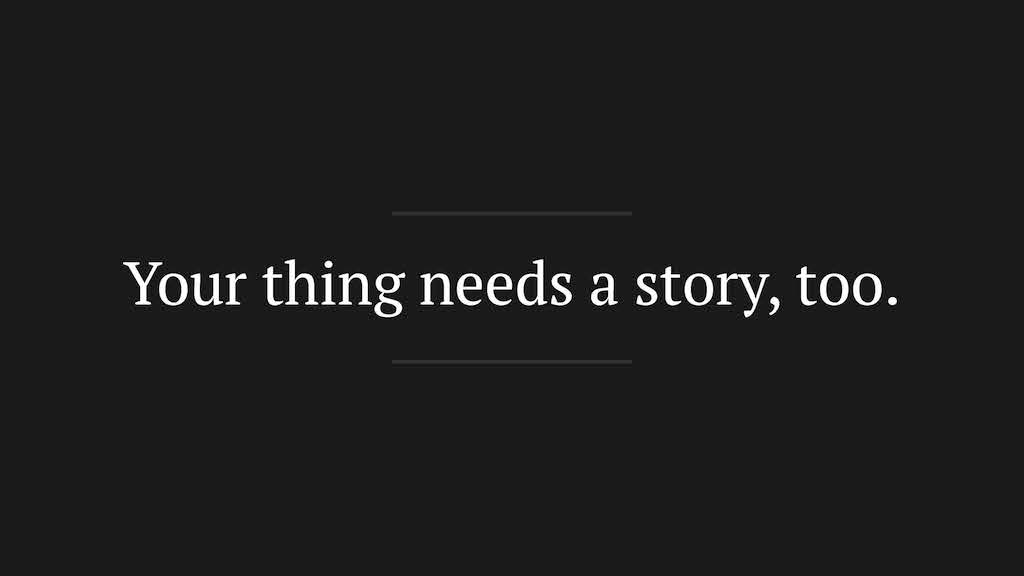
Thoughts? @reply me on Twitter.
